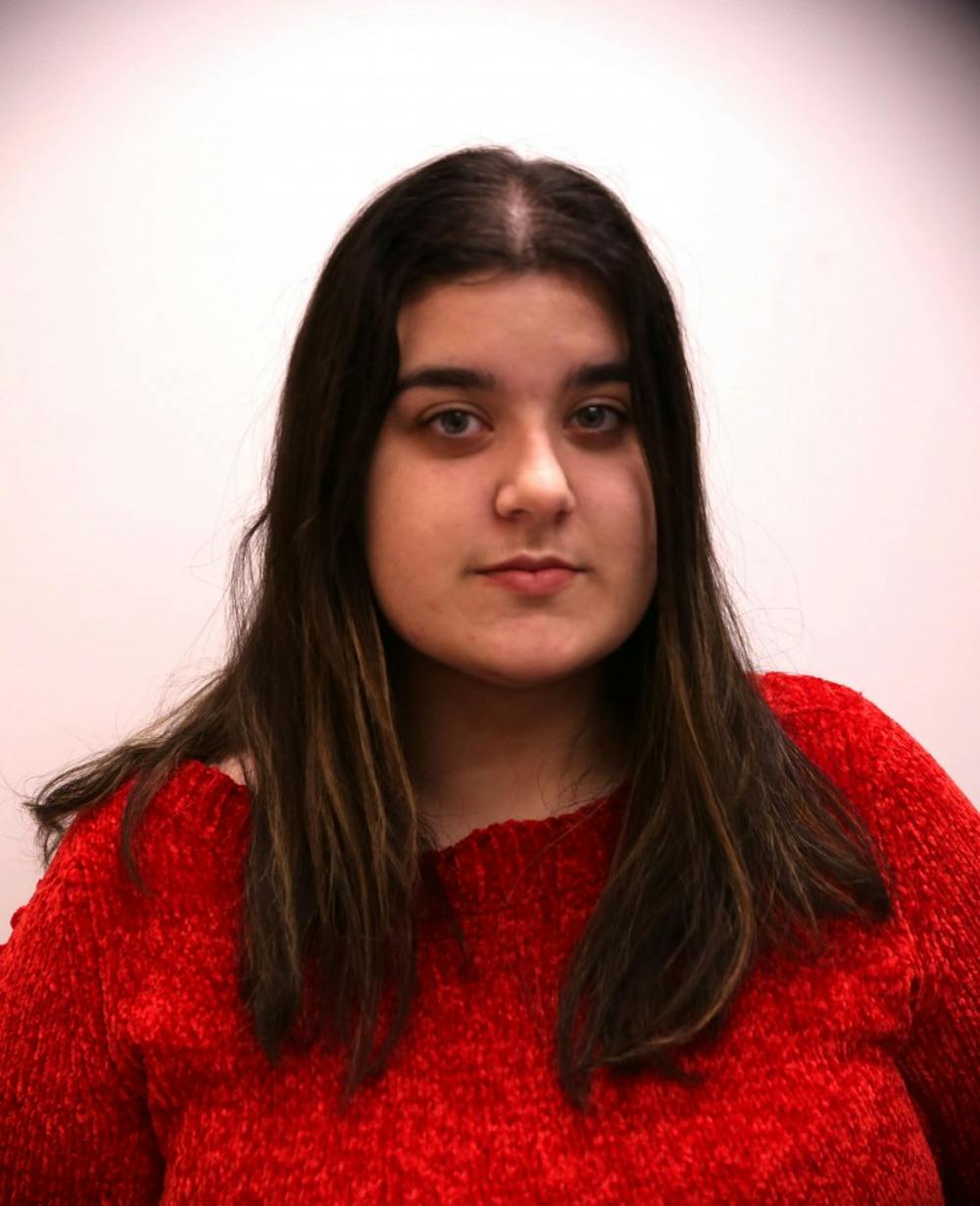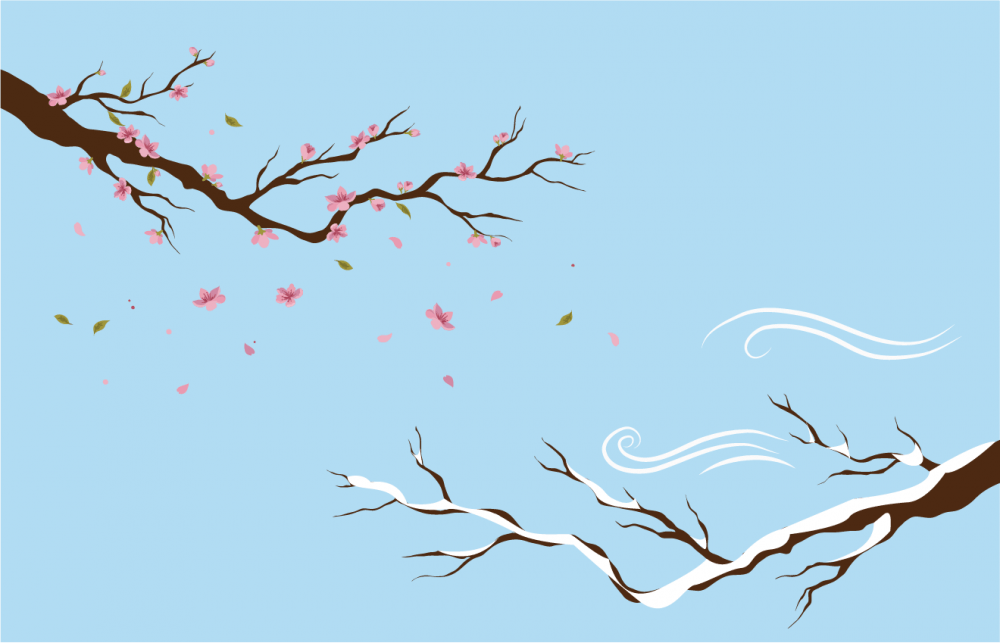Ball State Counseling Center: (765) 285-1736 Lucina Hall, Room 320.
National Suicide Prevention Lifeline: 800-273-TALK (8255)

Elena Stidham is a journalism and telecommunications major and writes “Loud and Clear” for The Daily News. Her views do not necessarily agree with those of the newspaper. Write to Elena at emstidham@bsu.edu.
Good morning. It’s going to get better.
I repeat these phrases over and over. From the very moment I open my eyes all throughout the day until I close them once again.
This is only half of a year.
I open the blinds and it’s a beautiful day. But there’s a problem – it’s December. Yet, I love December.
My entire day is blurry, shrouded in a web of a black parasite that does nothing but say everything that’s wrong about me.
“Your hair’s a mess,” one says.
“You’re worthless,” whispers another.
By the time I come home I’m tired. I decide a small nap would help revitalise my energy. I set multiple timers, ranging from 15 minutes all the way to an hour and a half. I end up sleeping through all of them and wake up four hours later. I still haven’t eaten a thing. I don’t feel hungry, so I forget to.
The parasite tells me I’m a burden to everybody.
The parasite is Seasonal Affective Disorder.
Seasonal Affective Disorder, also known by the acronym of SAD (an acronym with a sense of humour, if I might add), is a form of depression that affects individuals for only about half of a year with the changing of seasons. Most commonly it’s during the cold months, with my case being from about mid-October until I start seeing cherry blossoms again in early April.
This is not something as simple as “winter blues” or being affected by bad weather.
In fact, I can’t stand summer. I can’t stand the heat and its overrated disposition. The entire time, I’m wishing for it to be cold again. I love the pretty colors of autumn leaves and the cozy sweaters in January. I am currently living in my favorite time of the year, but I’m absolutely miserable in it.
Like all forms of depression, some days are worse than others, and some days are better. Some days I wake up feeling completely fine and I go about my day like nothing is wrong at all. Other days, I don’t feel the need nor desire to eat. I’m completely and uncontrollably exhausted.
According to American Psychiatric Association, an estimated five percent of American adults are affected of SAD. The average ages of those affected are between 18 and 30.
This is something that has a real effect on day to day life. It’s not just “being affected by the weather” or being “weak willed,” as I’ve been not so graciously told before.
Seasonal Affective Disorder is a legitimate problem that holds onto so many people during this time of year.
I’ve been asked before how I got SAD, and I can’t say for sure. Like depression, there’s dozens of different reasons why it could develop, just as there’s probably all kinds of reasons why it developed within me.
According to the National Institute of Mental Health (NIMH), it could be genetic, my body may overproduce melatonin. It could be where I live, my body may not produce enough Vitamin D, so on and so on.
But I know for a fact that it’s not just because it’s snowing outside. For goodness sake, if this is something that’s because I don’t like the weather outside, then I’d definitely be affected during stormy days in the summer.
But I’m not.
It’s cliche to say that this isn’t just a phase, however, it is affecting me only for a specific amount of time like a phase. Unlike a phase, it repeats every year. Like clockwork, the disorder comes, and by this time of year it’s hit me pretty hard. It’s depression, but with a time limit.
It’s depression that is alarmingly hardly ever talked about.
The topic of mental health seemed to always have a horrific stigma surrounding it, and despite efforts to educate the general public, there’s still a long way to go before we probably start seeing results.
That being said, it’s not too early to start taking action now.
If you notice changes in yourself or someone you know around this time of year, there’s a possibility of it being because of SAD, but there’s still a light at the end of each battle: a light that comes with spring.
My light comes in the form of tiny pink blossoms blooming on the trees.
It’s my parasite’s only weakness.
The moment these flowers are seen for the first time, my parasite starts dying. The voices it speaks grow quieter and quieter until suddenly there are no voices anymore.
There is a new season here, a new version of me with another won battle beneath her belt.





